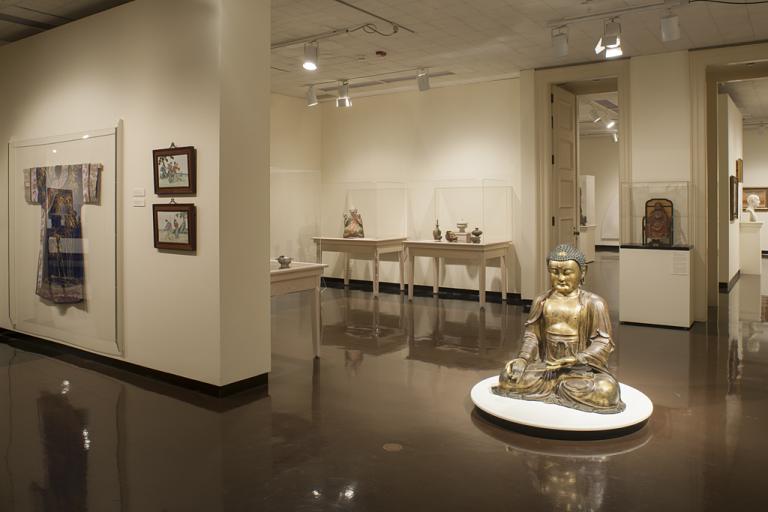untitled (88/01), Seto Hiroshi
Artwork Overview
Seto Hiroshi, artist
1941–1994
untitled (88/01),
1988, Showa period (1926–1989)
Where object was made: Japan
Material/technique: stoneware; silver; gold
Dimensions:
Object Height/Width/Depth (Height x Width x Depth): 432 x 597 x 254 mm
Object Height/Width/Depth (Height x Width x Depth): 17 x 23 1/2 x 10 in
Object Height/Width/Depth (Height x Width x Depth): 432 x 597 x 254 mm
Object Height/Width/Depth (Height x Width x Depth): 17 x 23 1/2 x 10 in
Credit line: Museum purchase: R. Charles and Mary Margaret Clevenger Fund
Accession number: 1992.0073
Not on display
If you wish to reproduce this image, please submit an image request




